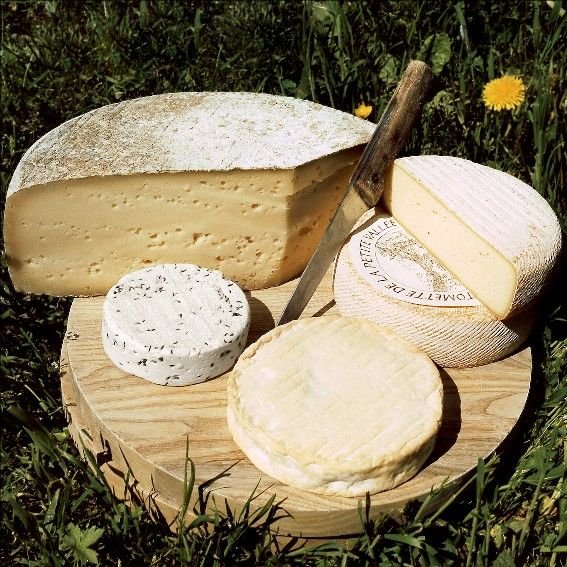Munster d’Alsace Cheese
Don’t confuse Munster with Muenster!
Munster-Géromé is a soft cheese with a strong aroma made from cow’s milk made in the Vosges mountains between Alsace-Lorraine and Franche-Comté regions in France. It was produced and aged in cellars by Benedictine Monks in monasteries and abbeys as early as the 7th century as a way of preserving milk.
Munster is now protected by an AOC (appellation d'origine contrôlée) and AOP (appellation d'origine protégée). You can read more about them here. There’s specific criteria for the cheese to be named Munster including where the cow grazes and the cheese needs to be produced in a specific way and in a specific areas.
The cheese is made from unpasteurized cow’s milk. The curds are cut into small pieces and formed into flat cylinder molds to slowly drain. There’s two common dimensions with the Munster: Petit Munster-Gérômé has a 7-12 cm diameter and Munster-Gérômé has a 13-19 cm diameter. The cheese must be washed regularly with brine, turned every few days, and matured in damp cellars for a few weeks for the smaller cheeses and up to 2-3 months for the larger ones. The brine keeps the cheese moist to help the development of bacteria that gives it its particular taste and color while also preventing bad mold. When it’s ready, it has a moist orange rind, a soft body, and a strong aroma.
Although the aroma is strong, the flavor is more subtle on the smaller and less aged cheeses; it’s mild and buttery with a slightly tangy finish. Munster is commonly served with bread and cumin seeds or with jacket (baked) potatoes and a side salad for a light dinner. It also melts well so it can be found on tarte flambées or in Munster tarts. The cheese is often paired with beer or wine from Alsace, like Gewurztraminer or Pinot Noir.

